Recently, the merge genre has experienced a spike in popularity. More merge games are being developed than ever before.
One such game is EverMerge and it has quickly become one of the leaders in the genre. But the question is – how to advertise merge games?
In our EverMerge analysis, I’m going to dissect this game to find out why it’s so successful and what’s the secret behind its user acquisition strategy.
Let’s dive right in!
About EverMerge
EverMerge is a very successful puzzle game from Big Fish, released in May 2020. It belongs to the merge subgenre and has building, resource management, storytelling, and treasure-hunting meta layers.
Many successful puzzle games use the following formula – core puzzles + meta layers.
Here’s why.
Meta layers can make any simple puzzle game more interesting. This is why adding meta layers is popular with match-3 games like Homescapes and Project Makeover. But most importantly, meta layers allow publishers to reach a broader audience and stand out in the saturated puzzle game market.
At first glance, the gameplay is quite simple – players need to merge objects to create and unlock new ones. Merging also results in coins, gems, new characters, and buildings.
However, players also need to mine, farm, manage resources, and build to complete tasks and move forward. The meta layers make it feel like a world-building simulation game and even a strategy game.
The core loop is mine, merge, build, and collect.
While it sounds simple, players need to balance three systems (energy, resources, and inventory) to progress in the game. This keeps the game interesting, as players can prioritize different things. For example, sometimes they can focus on construction to free up board space. At other times, it can all be about accumulating resources to complete different events.
Furthermore, players can choose how to play and progress in the game – the gameplay experience is very unique for each player. That’s what makes it interesting.
How Successful Is EverMerge?
Wondering just how successful this merge game is?
Let’s run some numbers.
Data source: GameRefinery, iOS

Merge Subgenre
The merge subgenre experienced a lot of growth in 2020 in both downloads and revenue, as you can see in the chart above. In 2020, it almost doubled its growth compared to the previous year.

Games like Merge Magic! and Merge Dragons! by Gram Games, and EverMerge by Big Fish Games have been the main drivers of this rapid growth.
We expect the merge subgenre to grow further in 2021 and the market could get quite saturated by the end of the year.

All Time EverMerge Downloads by Country
In May 2020, when EverMerge was released globally, it instantly hit 140k downloads. This is the great start every developer dreams about.
After the initial spike, the downloads went down, which is normal and it usually happens after the release. September 2020 was a great month with almost 80k downloads. In the first half of 2021, the downloads didn’t go over 40k.
So far, EverMerge has been downloaded 2.6 million times.
As you might expect, the majority of downloads came from the US. Other important markets for this game are the United Kingdom, France, Germany, Japan, Canada, Australia, the Netherlands, and Switzerland.

All Time EverMerge Revenue by Country
EverMerge’s revenue peaked in December 2020 – over $700k. From February to June 2021, the revenue was $600k and $700k each month.
The only significant drop in revenue happened in January 2021 (less than $300k), which is when the downloads dropped as well.
So far, EverMerge has bagged $29.4 million in revenue. The majority of it comes from the United States.
This is all thanks to EverMerge’s smart monetization strategy.

EverMerge Competitors
Here’s a list of the main EverMerge competitors.
As you might expect, Gram Games’ Merge Dragons! and Merge Magic! are the main competitors for this game. Merge Mansion is another competitor from the merge subgenre.
However, there are also competitors from the idle subgenre like Always Sunny (a mobile game based on the popular TV show). There are even some customization games on this list like Design Home, Redecor – Home Design, and Covet Fashion.
Who Is Playing EverMerge?
Before we get into EverMerge’s advertising and creative strategy, we first need to understand who is the target audience for this game.
Here’s some demographic data, as well as info on player motivations and archetypes.
Data source: GameRefinery
Demographics
The gender distribution for EverMerge is quite even – both genders enjoy this game almost equally. More specifically, 52% of players are women and 48% are men.
If we look at the age of EverMerge players, 45% are older than 45, 44% are between the ages of 25 and 44. Only 11% of players are younger than 24.

Player Motivations
According to GameRefinery, the main motivations for playing EverMerge are escapism (thinking and solving), mastery (completing milestones), and expression (customization and decoration).
In the image above, you can see how those motivations correspond with motivations for average merge games.
Player Archetypes
According to the abovementioned player motivations, we can group EverMerge players into four main categories, i.e., player archetypes: Thinker (49%), Skill Master (10%). Expressionist (10%), and Treasure Hunter (10%).

Thinker
The majority of EverMerge players are Thinkers, i.e., players who love a cognitive challenge, and solving puzzles gives them great enjoyment.
EverMerge relies heavily on thinking and planning, so it’s no wonder it attracts this type of players.

Some of the features these players prefer are:
- Puzzle-solving mechanics
- New game mechanics introduced as the game progresses
- Special level mechanics
- Monetized timers and continue/retry options
- The ability to combine items
- Task/quest system

Skill Master
EverMerge players also love completing milestones and are all about mastery.

Features Skill Masters prefer and that can be found in EverMerge are:
- Task/quest system
- Player level system
- Collectibles album
- Upgrading permanent buildings
- Special rewards from live events
- Daily quests
- New game mechanics introduced as the game progresses
- Upgrading items/characters/units
- Combine items
- Progression element in daily rewards
- Number of different level-ups for characters/units
- Number of different upgrading types for items/boosts

Expressionist
Even though EverMerge might seem like a simple merge game at first glance, it’s much more than that. Different characters drive the story progression, and there are different ways players can express their creativity as well.
Furthermore, there’s no one way to play this game – each gameplay experience is unique. That’s another thing that appeals to Expressionists.

Here are a few more features this type of players prefer:
- A lot of different buildings
- Female player avatar/main character
- User-generated content
- Large number of different decorative skins and accessories
- Different equipment items to purchase
- Social media connection
All those features attract Expressionists – players who love to express their identity through mobile games and love to customize things.

Treasure Hunter
In EverMerge, players can explore the big open world, and gain access to many different items and characters. This is why it attracts Treasure Hunters. For them, discovering new things and adding items to their collection is very enjoyable.
Features Treasure Hunters prefer are:
- Different upgrading types for characters/units
- The ability to craft/combine items
- Lots of different equipment items
- Different material/ingredient items
- Lots of different characters
EverMerge Analysis: Advertising Strategy
Now that we know what type of gamers EverMerge appeals to, the question is how does Big Fish acquire these users?
The answer lies in their advertising strategy.
By running ads that appeal to specific gamer motivations, Big Fish has managed to get a steady flow of new users each month.
In this section, I provide an overview of EverMerge’s soft launch strategy, as well as an analysis of top-performing ads.
Soft Launch
For the soft launch, Big Fish partnered with ironSource. Their focus was on playable creatives and figuring out which ones deliver the highest IPM by global launch day.
That was done by running multiple creatives at the same time with a limited budget across different markets on iOS (Netherlands, Sweden, Australia).
IronSource then split-tested the creatives and identified the winning playable ad that was key in scaling during the global launch. It accounted for as much as 87% of the game installs and had 2x IPM of the video creative on launch day (May 7th, 2020).
Scaling
The next step in EverMerge’s user acquisition strategy was scaling and hitting ROAS, which was done with ironSource’s ROAS optimizer. According to ironSource, their optimizer “automatically calculates the optimal bid and dynamically bids across all our campaigns, according to the actual ARPU of our users – in-app purchase and ad revenue data included.”.
Big Fish ended up acquiring 200k installs thanks to ironSource’s playable ad.

EverMerge Analysis: Top-Performing Creatives
While playable ads can be an amazing source of installs, especially during the soft launch, video ads still reign supreme when it comes to mobile game advertising.
I have analyzed top-performing EverMerge ads to show you what makes them so successful.
EverMerge Ad #1
The ad above provides an overview of the main EverMerge features, which makes it feel more like a game trailer.
Viewers get introduced to three main concepts – merge, farm, and build.
Thus, the creative also works like a tutorial. The pointer hand shows how each of these tasks are accomplished.
The end of the video features a simple “Play Now” call-to-action and an Evermerge logo.
EverMerge Ad #2
When advertising a mobile game, it makes sense to show potential users how the game progresses. It can be very enticing to see what the game experience looks like later on in the game.
That’s exactly what Big Fish accomplished with this ad.
We’re shown gameplay on the first day of playing, when players are just starting out, then after ten, and then after thirty days.
What’s clear in the video is that EverMerge gets more fun and interesting as you move along.
While day 1 looks very basic (there are only a few items on an empty map), day 30 shows a world full of colorful objects players can merge. This is a powerful motivator to not just download the game but keep playing it.
EverMerge Ad #3
EverMerge is based on completing different tasks. This 15-second video creative demonstrates exactly that.
The task is – build a stone castle.
We’re shown the process of accomplishing that. Players first need to merge stones, which create a stone house, and then merge stone houses to build a stone castle.
Simple right?
This is another ad that works well as a tutorial because it teaches viewers the basics. That’s a good strategy because players who install the game after seeing the ad already know how to play it and can quickly make progress. That, of course, results in great user retention.
Oftentimes, players try a game, get confused about how to play it, and quickly abandon it. This is a nice way to avoid that.
EverMerge Ad #4
This merge game is full of fantasy and fairytale characters that drive the storyline. In the first couple of seconds of this video creative, we get a glimpse of them.
What makes it interesting is that the introduction to each character is unique. There’s a cool domino effect – we see each character as the pieces fall.
Then we’re transported to the EverMerge world where it’s demonstrated how to create new characters through merging.
The outro features an appealing, high-quality animation of the gorgeous apple tree that’s also featured in the game icon and gameplay.
EverMerge Ad #5
The ad above is also about EverMerge characters. On the intro screen, viewers are asked, “Which one to unlock?”
There’s the option of multiple fairytale characters – Sleeping Beauty, Merlin, Red Riding Hood, Cinderella, Rapunzel, and Paul Bunyan. The picker hand chooses Red Riding Hood and Rapunzel. Next, we’re shown which items need to be merged to unlock these characters.
This video ad targets the aforementioned Expressionists who connect to game characters and storylines.
Giving people a taste of interesting characters that can be unlocked is a powerful motivator to download the game.
EverMerge Ad #6
In EverMerge, players need to collect a certain number of wands to clear the flog, i.e., gain access to other areas of the map. This is the main theme of this video ad.
It’s a simple, but effective creative that targets players who love to explore and discover new worlds,i.e., Treasure Hunters.
EverMerge Ad #7
Here’s the thing about mobile game ads. If the first few seconds don’t grab the viewer’s attention, you’ve lost them.
The ad above is a good example of how to get people interested right from the start. It starts with the question – “Are you organized?”
It might seem simple, but it speaks to a specific group of people – players who are very meticulous and methodical in life, which translates to their style of playing mobile games.
EverMerge can get quite complex as you progress in the game. The map gets bigger and there are more and more areas, objects, and characters players need to keep track of.
Naturally, it helps if players keep things organized.
For example, having a designated chest area, grouping stone in one area, having an apple orchard, etc. This is precisely what’s shown in the ad – a neat map where each item has its designated space.
Furthermore, sorting and grouping the same objects can be very beneficial because it allows for better merges. Plus, it’s very satisfying, especially if you like to keep things organized and enjoy an epic merge.
The creative ends with a message that also works as a call-to-action – “Bring order to chaos!”
EverMerge Ad #8
The creative above is focused primarily on storylines. Two builders, Buck and Chuck are finishing up the last house for the day and getting ready for a party.
This simple storyline demonstrates two different-looking maps and items. It shows the game’s range.
EverMerge Ad #9
Did you know you can bake in EverMerge?
That’s right, you can merge different food items to create pies and cakes. And that’s what this creative is all about.
Notice that all EverMerge ads zone in on very specific game features and meta layers. That’s a good strategy because it allows developers to target specific groups of players based on their interests and motivations.
EverMerge Ad #10
This video creative starts with a choice – a trend found in many mobile game ads that seems to work quite well.
Players can choose between making an apple tree, unlocking Puss in Boots, and traveling to the Mystic Isle. The latter ends up being chosen and we’re transported to an exotic new world full of adorable animals. Notice the music is also very different from other ads and follows this new theme.
This is another way to demonstrate the game’s range. Exploring new areas is exciting and something that appeals to many gamers, but primarily Treasure Hunters.
EverMerge Ad #11
Finally, I’ve included an EverMerge ad that’s in the form of a testimonial and features real people (actors). The girl in the video talks about what she likes about the game.
Once again, being organized is a big hook, as are storylines and characters.
In the end, the girl says, “If you’re an organized person like me, you will really like this.”
This is another example of going deep into user behavior and motivations. Advertising a mobile game to people who like to keep things organized might seem weird and too specific at first.
However, it works because it makes a clear connection between the behavior/personality of the user and gameplay.
EverMerge Analysis: App Store Optimization
Another way to get users for a game is directly through the app stores. This is organic user acquisition and it’s free.
A big part of that is app store optimization because this process improves the visibility of a game. Furthermore, if done right, the content on a game’s app store page can help people decide to download it. For this reason, ASO also aids paid user acquisition campaigns.
Here’s what type of content you can find on EverMerge’s Google Play page and how it’s optimized.
Game Title
Most merge games have the word “merge” in their titles (e.g., Merge Dragons, Merge Mansions, Merge Tales, Merge Design, Mergecraft, etc.).
EverMerge is no exception.
However, the name of this game also implies you can merge everything – that’s what makes it so clever. It’s both very descriptive and catchy, which is the main goal when coming up with the title for a game.
Game Icon
EverMerge’s icon features one of the main objects in the game – the apple tree. Most game icons feature either game characters or special objects from the game – it’s a great way to show what the game is about and make it recognizable.
App Promo Video
EverMerge’s app promo video does a good job of explaining the game basics. It provides a quick overview of the main features and how to play this game.
Those are:
- merge to create
- combine and build
- harvest and craft
- discover new lands
- complete quests
The tone of the video is light and fun, just like the game. There are no action-fueled or fast-paced scenes. This signals that EverMerge is a game for relaxation and taking your mind off other things.

Screenshots/Graphics
The purpose of screenshots on the app stores is to illustrate the most exciting game features.
Big Fish accomplishes this by designing appealing images for EverMerge that explain what the game is about.
Final Thoughts on Our EverMerge Analysis
As you can see, Big Fish Games has outstanding paid and organic user acquisition strategies.
By focusing on specific player motivations in their creative strategy, this publisher managed to appeal to a very broad audience. Plus, they managed to jump on the merge train just in time, before the market gets overly saturated.
It will be interesting to see how EverMerge’s user acquisition strategy will evolve in the future – we’ll keep you posted.
What do you think about our EverMerge analysis? Do you have anything to add? Let me know in the comments below!
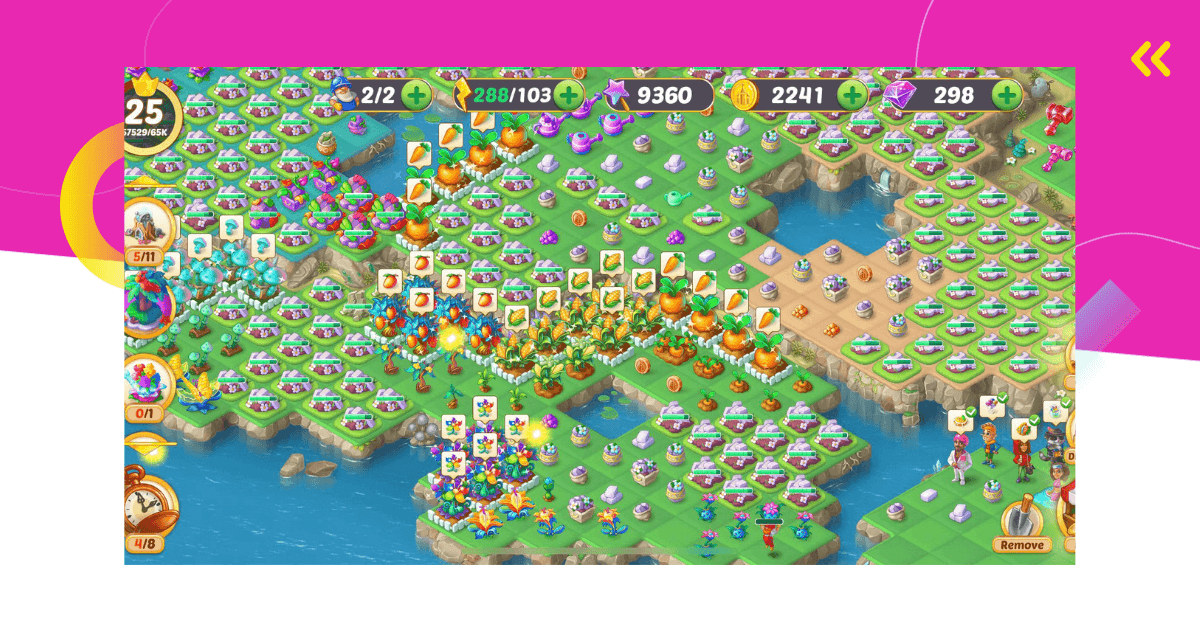


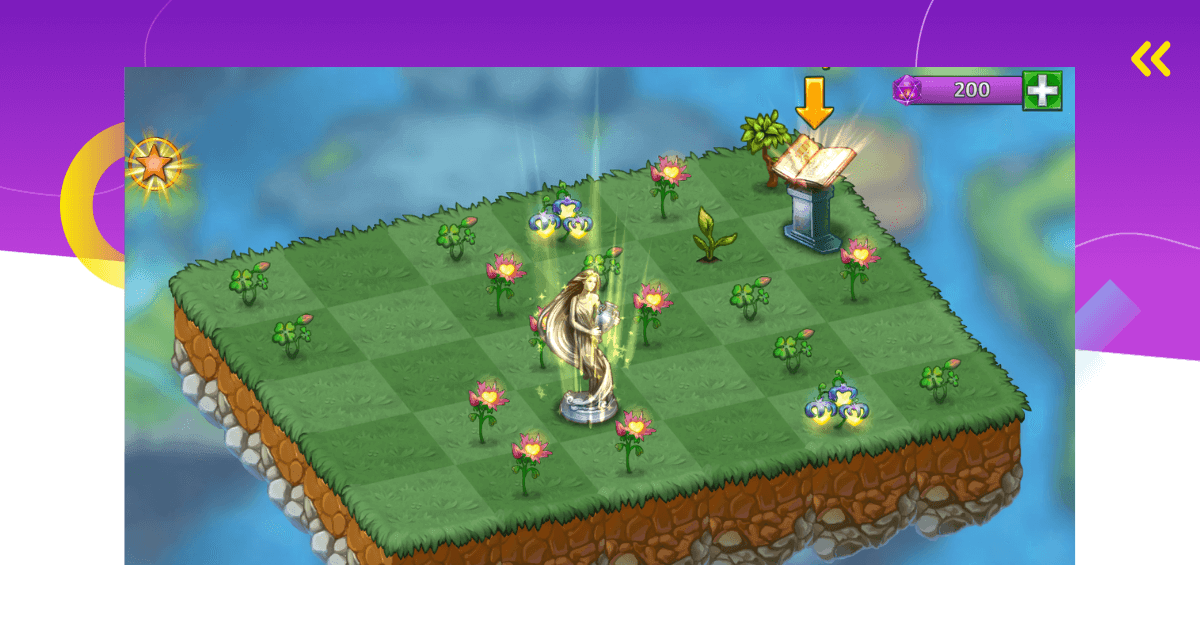
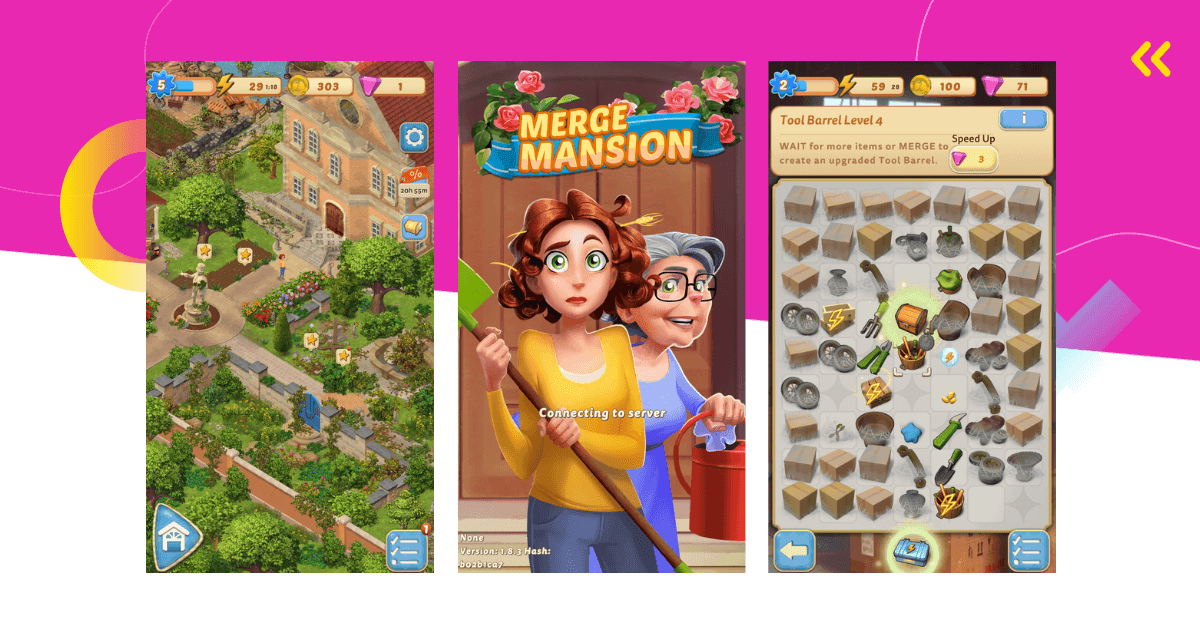
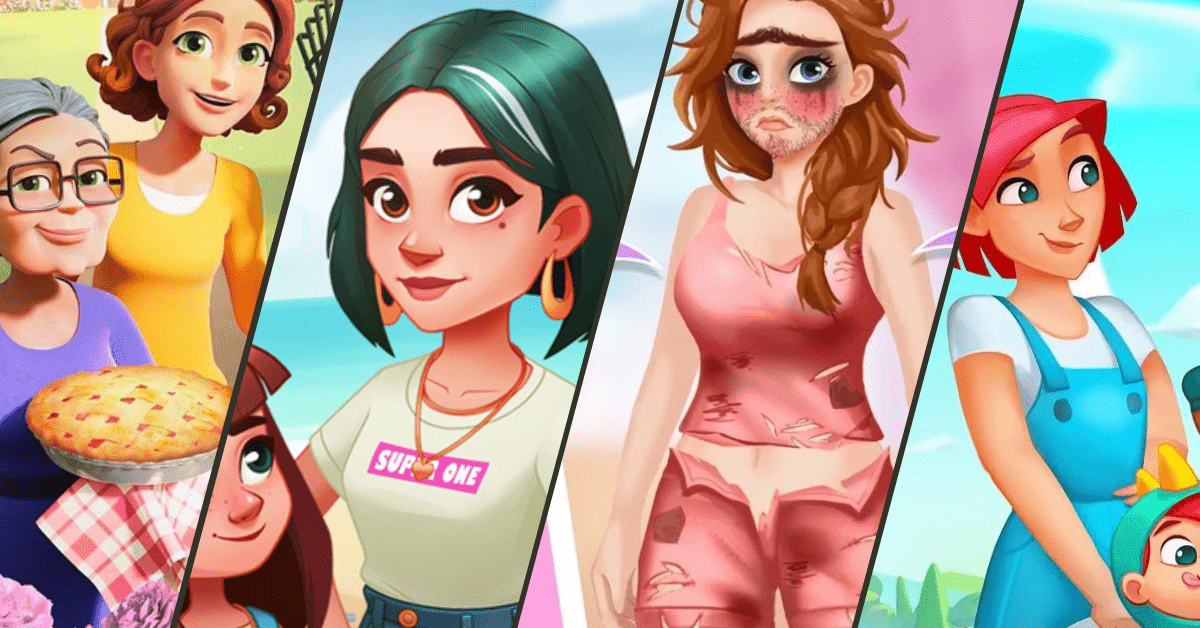
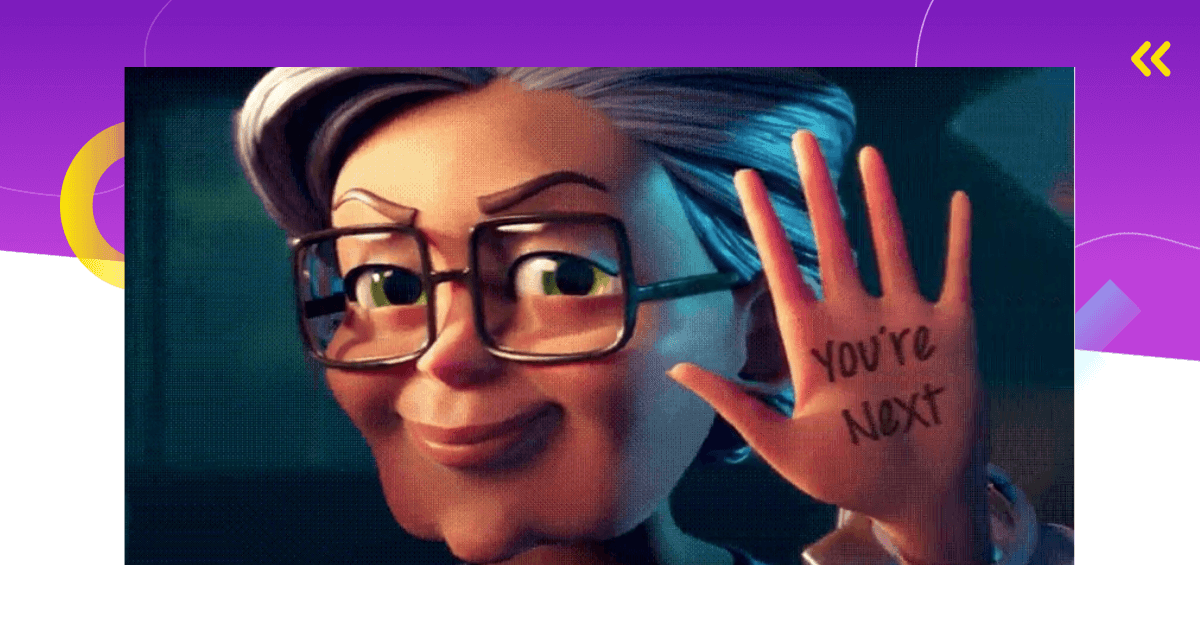
Comments